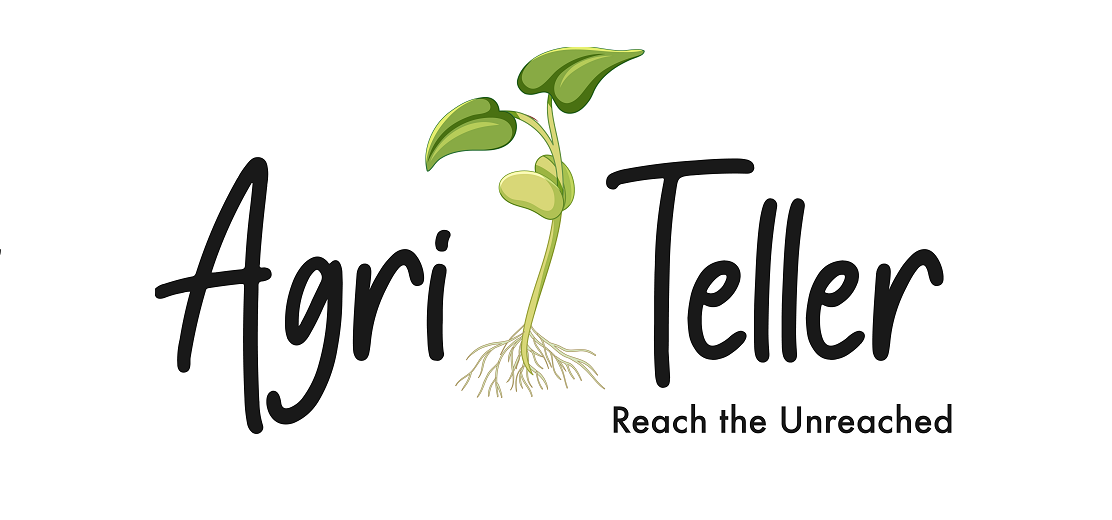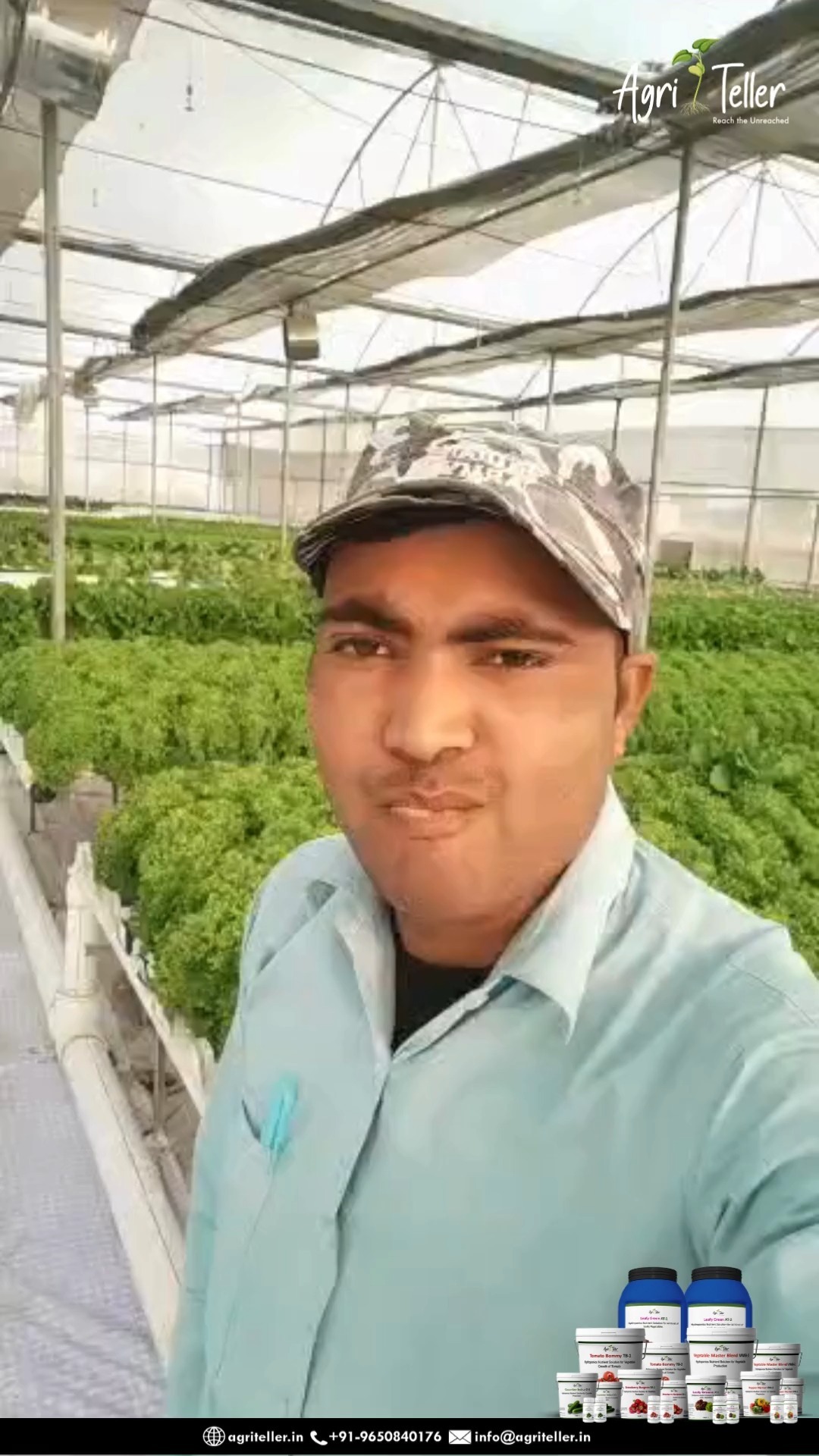
Hydroponics is a method of growing plants without soil, using nutrient-rich water as the medium for plant growth. There are several types of hydroponic systems, each with its own advantages and considerations. Here, I will provide a comprehensive description of different types of hydroponic systems:
-
-
- Deep Water Culture (DWC): Deep Water Culture, also known as the reservoir method, is an elegantly simple hydroponic system that offers exceptional ease of use and efficiency. In DWC, plants are suspended above a reservoir of nutrient-rich water, with their roots immersed in the solution. Oxygenation of the root zone is facilitated by air pumps and airstones, which infuse the water with vital oxygen. This system’s straightforward design and minimal equipment requirements make it an ideal choice for beginners or those seeking a low-cost setup.
-
- Nutrient Film Technique (NFT): The Nutrient Film Technique system is a dynamic and widely employed hydroponic method that involves a continuous flow of nutrient solution over the plant roots. The roots are supported by a sloping trough or channel, and a thin film of nutrient solution flows through this channel, bathing the roots. The excess solution is collected and recirculated to maintain a sustainable and efficient system. Proper monitoring and adjustments are necessary to ensure an optimal flow rate that prevents the roots from drying out or becoming oversaturated. The NFT system’s advantage lies in its ability to provide a consistent supply of nutrients to the plants while promoting efficient oxygenation of the root system.
-
- Aeroponics: Aeroponics represents the pinnacle of hydroponic technology, offering unmatched efficiency and plant growth potential. In this advanced system, plants are cultivated with their roots suspended in air. Nutrient-rich water is meticulously misted onto the roots at regular intervals, fostering an environment that optimizes oxygenation, nutrient absorption, and plant growth. The precise control of misting intervals and the use of carefully calibrated mist particles are essential for success in aeroponics. While aeroponics demands more sophisticated equipment and attention to detail, it rewards growers with accelerated growth rates and higher yields.
-
- Drip System: The drip system is a versatile and widely embraced hydroponic technique that closely resembles traditional irrigation methods. A timer-controlled pump delivers the nutrient solution through a network of tubes and emitters directly to the base of each plant. The solution is dripped slowly, allowing it to permeate the growing medium and reach the roots. This method offers flexibility in terms of plant types and sizes, making it suitable for a variety of crops. The drip system can also be automated, enabling growers to maintain consistent nutrient delivery without constant manual intervention.
-
- Ebb and Flow (Flood and Drain): The ebb and flow hydroponic system, also known as flood and drain, presents a cyclic method of nutrient delivery to the plants. In this system, plants are placed in trays or containers filled with a growing medium such as perlite or gravel. At regular intervals, the nutrient solution is pumped into the tray, flooding it to a predetermined depth. The solution is then allowed to drain back into a reservoir, preventing waterlogging and facilitating oxygenation of the root zone. This intermittent flooding and draining action provides plants with essential nutrients while maintaining an oxygen-rich environment.
-
- Wick System: The wick system represents a rudimentary yet effective hydroponic approach that operates without the need for pumps or electricity. A simple wick, typically made of cotton or other absorbent material, acts as a conduit, drawing nutrient solution from a reservoir to the plant roots. The wick’s capillary action transports the solution to the roots, ensuring consistent hydration and nutrient supply. While the wick system is relatively low-cost and straightforward, it is most suitable for small-scale or low-maintenance setups, as it may not provide sufficient oxygenation for larger plants.
-
- Vertical Tower Systems: Vertical hydroponic systems utilize vertical space to maximize plant density and optimize cultivation areas. These systems typically consist of stacked towers or columns with multiple planting slots. Nutrient-rich water is either circulated or dripped from the top, trickling down through the towers and collecting at the bottom for recirculation. Vertical systems enable growers to cultivate a large number of plants within a limited footprint, making them ideal for space-constrained environments. The high plant density also promotes efficient resource utilization and encourages healthy plant growth.
-
- Aquaponics: Aquaponics represents an innovative and sustainable approach that combines hydroponics with aquaculture in a mutually beneficial relationship. This integrated system utilizes fish farming to provide nutrients for the plants, while the plants, in turn, act as a natural filtration system, purifying the water for the fish. The fish waste serves as an organic nutrient source, fostering plant growth, while the plants’ roots absorb the nutrients and help maintain water quality. Aquaponics offers several advantages, including water and nutrient recycling, reduced dependency on external fertilizers, and the potential for cultivating both fish and plants in a harmonious ecosystem.
Each of these hydroponic systems offers unique advantages and considerations, making them suitable for various applications and environments. The choice of system depends on factors such as budget, available space, desired plant types, and the grower’s level of expertise and commitment.









 for more details.
🌐 Join the Agriteller community and grow with us.
#Hydroponics #NutrientSolution #Agriculture #FarmersChoice #HealthyHarvest #Agriteller](https://agriteller.in/wp-content/uploads/2024/01/422749652_1378367816378494_2834335509650790573_n.jpg)



